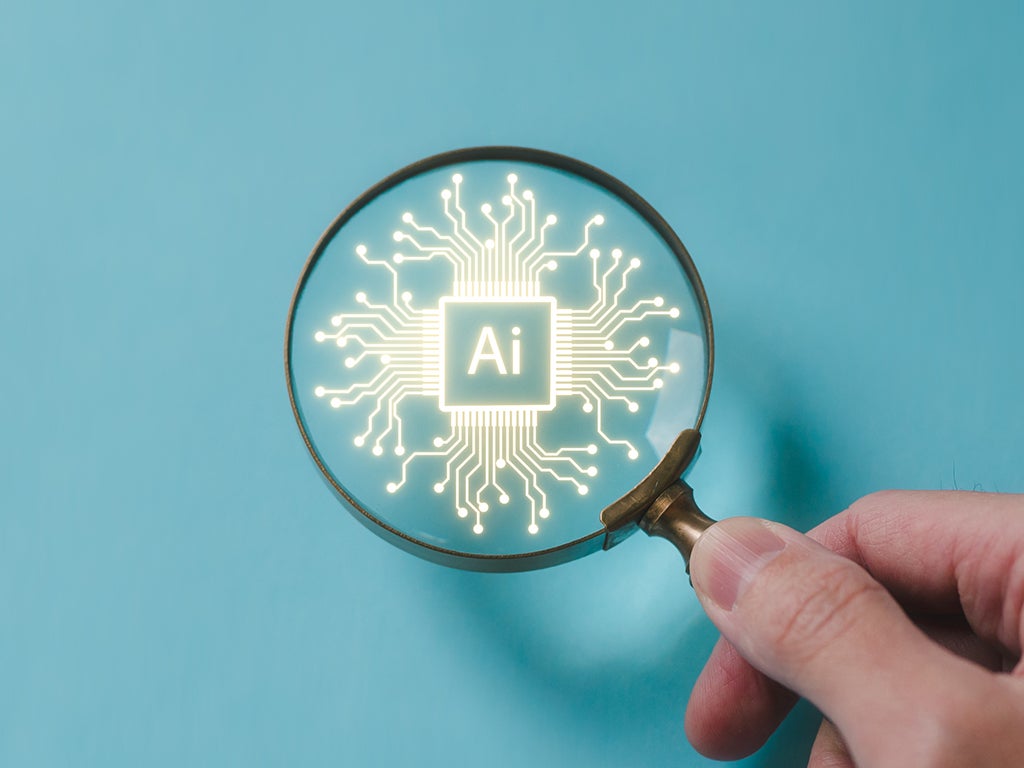Should you use AI scribes?
Up to one-third of a doctor’s day can be taken up with paperwork. What if a tool could give you back some of those hours? Is it too good to be true?
Wednesday, 4 September 2024

Up to one-third of a doctor’s day can be taken up with paperwork. What if a tool could give you back some of those hours? Is it too good to be true?
Artificial intelligence (AI) scribes or medical documentation tools are being touted as the answer. But before you jump on board, attracted by the various benefits this software can bring to your clinical practice, you need to be aware of a few things.
How AI documentation tools work
AI medical scribes “listen” to a doctor-patient consultation, extract clinically relevant information, then quickly collate and structure the information into a coherent clinical note. These AI-generated notes need to be reviewed and amended by you, the doctor. Amendments may include incorporating examination findings, including negative findings, test results, non-verbal information, unsaid thoughts, potential differential diagnoses and identifying patient information.
The AI scribe tool can also generate other documents such as a summary letter or treatment plan, referral letters, or a discharge summary. Using this functionality reduces the risk of transcription errors when dictating the information to go in these documents individually. Over time, your AI tool can also learn your personal style, so the notes will look and sound like they’ve been written or dictated by you.
Time savings and improved consultations
The potential time savings from using an AI scribe could be significant. But time savings aren’t the only benefit. Communication in your consultations may improve because you are able to give your patient more attention, as you’re not trying to write or type at the same time.
After using one of these tools for a while, you may also find yourself verbalising observations and thought processes so they’re noted, which would increase transparency during the consultation. The AI-generated notes may also be more comprehensive than your usual notes.
AI-powered tools can incorporate checklists or prompts to reduce the risk of omitting key information. This may improve diagnostic accuracy and continuity of care and assist with recommendations for preventative measures or early intervention.
Be aware of the possible downsides
All new technology comes with some risks and AI scribes are no different. Before using an AI scribe, do your own due diligence to determine whether the tool will meet your clinical needs without compromising the quality of your patient care. One of the most important questions to ask before you adopt an AI scribe tool into your practice is whether it is ‘medical grade’.
Is your AI ‘medical grade’?
Not all AI is the same and the technology is still evolving. Make sure you use AI scribes that have been developed for medical purposes and are trained to identify clinically significant information. Check with your colleagues or college for reputable tools. AI scribes currently fall outside the TGA’s medical device regulatory processes. Therefore, it’s important that you investigate the tool before implementing it into your practice to ensure it’s safe and appropriate to use.
Privacy, confidentiality and consent
Before using an AI tool, check that patient privacy and confidentiality will be protected. Where will the information be processed, where and how will it be stored (in Australia or overseas), and could the information be used for any other purposes?
If the AI tool records or listens to the consultation, make sure you have patient permission (and note that permission) before you begin to use the tool. You should seek patient consent even if the tool deletes the recording after processing it.
If you are using the tool to generate other documentation such as reports or referrals, check these documents don’t include extraneous clinical or other information.
Patient considerations
Verbalising your observations and considerations for the AI tool may sometimes be clinically inappropriate. For example, you may not want to verbalise the BMI of a patient being treated for anorexia nervosa or your concerns about the cause of a patient’s injuries. Remember, you will need to add this information into the AI-generated notes later, together with any clinically necessary non-verbal communications or cues.
Accuracy of records
AI’s tendency to fill in gaps or extrapolate findings, could produce a misleading record. You are responsible for making sure an AI-generated medical note accurately reflects the consultation. You need to check all notes and reports and amend as necessary. If recommendations are made regarding MBS item numbers, you must check to ensure that there is sufficient detail to justify the Medicare item numbers you bill for the consultation. It will not be a defence to suggest that your decision to bill an item number was determined by an AI tool.
More information
Factsheet: Artificial intelligence for documentation
Checklist: Checklist: AI scribes – a checklist of things to consider
More information
For medico-legal advice, please contact us here, or call 1800 128 268, 24/7 in emergencies.
The article was originally published in Connect magazine 22.
More ways we can help you
The information in this publication does not constitute legal, financial, medical or other professional advice and should not be relied upon as such. It is intended only to provide a summary and general overview on matters of interest and it is not intended to be comprehensive. Persons implementing any recommendations contained in this publication must exercise their own independent skill or judgement and seek appropriate professional advice relevant to their own particular circumstances. Compliance with any recommendations will not in any way guarantee discharge of the duty of care owed to patients and others coming into contact with the health professional or practice. Avant and its related entities are not responsible to any person for any loss suffered in connection with the use of this information. Information is only current at the date initially published.



